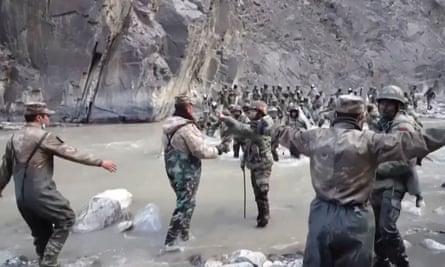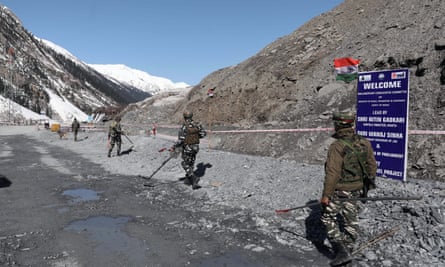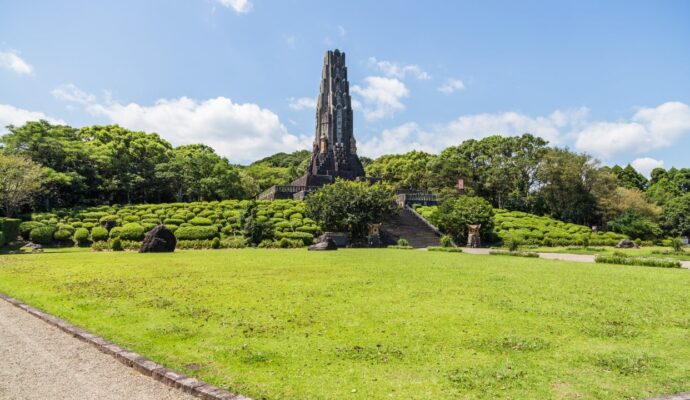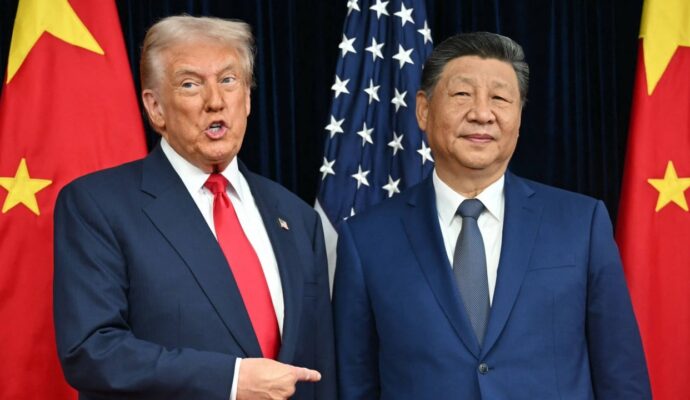India’s defence minister has accused China of border aggressions that that have “eroded the entire basis” of their relationship, as negotiations between the two nuclear powers remain at a stalemate.
On Thursday, China’s defence minister Li Shangfu landed in Delhi for the Shanghai Cooperation Organisation (SCO) summit. It is the first visit to India by a Chinese minister since 2020, when 20 Indian and four Chinese soldiers died in clashes along the Himalayan border in Ladakh and the two sides came the closest to war for almost 70 years.
Since then, according to former Indian army officers and defence experts, the situation along the 2,100-mile (3,500km) disputed border, known as the ”line of actual control (LAC)“, remains on a knife-edge. It continues to be militarised like never before on both sides, 18 rounds of military talks have failed to de-escalate, and many still fear the possibility of large-scale conflict is just a trigger away.
The differing positions between the two countries was on display on Thursday. India’s defence minister, Rajnath Singh, told Li during the talks that the deployment of large numbers of Chinese troops and “violation of existing agreements has eroded the entire basis of bilateral relations”. Li meanwhile called the situation “generally stable” and sought to distance bilateral relations from the border dispute.
Among both India and China watchers, there is not much optimism that Li’s visit to India will do anything to resolve the border tensions. Some reports have estimated that India has lost 40% of patrolling points in the border region of Ladakh, which are now occupied by the Chinese People’s Liberation Army (PLA). The Indian government has denied any loss of territory.
“There is a huge discrepancy in the narrative of both sides,” said Pravin Sawhney, an Indian army veteran and author of The Last War: How AI Will Shape India’s Final Showdown With China. “There cannot be rapprochement between the two sides because it is a fact that the Chinese are sitting on Indian territory.”
The SCO meeting is also taking place amid growing concern in China over India’s relationship with the US and a converging of their strategic interests when it comes to China. According to a report in March, India was able successfully ward off a potential Chinese military border incursion as a result of real-time intelligence and satellite imagery provided by the US about Chinese positions along the border. It was said to have enabled India to “catch Chinese armed forces off guard” and reportedly enraged Beijing.

Border provocations from China have continued despite strong condemnation from India. In December last year, over 20 Indian soldiers were injured in another clash with Chinese troops in the eastern state of Arunachal Pradesh, in what was described by India as an attempt by China to “transgress the border”.
In March, the Chinese government announced it was “renaming” 11 places in India’s eastern state of Arunachal Pradesh that it claims as part of Tibet. In what was seen as a direct rebuke to China, India’s home minister visited the border region that same week, stating that “times when anyone could encroach on Indian land have passed”. Beijing hit back, calling the visit a violation of their territorial sovereignty.
While there has been disengagement in some areas, officers in the Indian army and defence experts said that about 1500 sq km in Ladakh which were taken over by the PLA in 2020 remain under Chinese control. Two main areas of contention are the crucial areas of Demchok and Depsang in Ladakh, which were previously patrolled by Indian troops but are now occupied by PLA soldiers.
Deependra Singh Hooda, the Indian army’s former chief of the Northern Command, described the situation there as tense.
“Depsang and Demchok areas are tactically important for India; but after so many rounds of talks, there is no move forward and there does not seem any inclination from the Chinese side to resolve it quickly,” he said.
“The Chinese are preventing the Indian soldiers access to a large number of patrolling points,” said Hooda. “By sitting in this area, China is denying India access to a fairly large area.”
Locals living near the border in Ladakh also allege that in the disengagement negotiations, New Delhi has ceded land to China by agreeing to the creation of buffer zones – where neither side can patrol – in land that was previously claimed by India, specifically in the disputed Pangong Tso and Chushul areas.
“These buffer zones have been created exclusively in the Indian territory ,” said Konchok Stanzin, a councillor from the border area of Ladakh. “Chinese troops are still patrolling up to their claim line.”
Even military officers who have been part of the high level military negotiations allege there is an intransigence on the Chinese side to defuse the situation along the border. In the latest round of military talks this week ahead of SCO – the 18th unsuccessful negotiation – according to the Indian side, “no mutually acceptable solution could be reached”.
“The PLA officers are generally curt to us during these meetings,” an Indian army officer, who has been part of several negotiations meetings with the Chinese military in Ladakh, said on condition of anonymity. “These meetings turn frustrating for us as the Chinese officers speak mostly Mandarin, which we cannot understand. They remain very economical with English.”
The ongoing tensions are most visible in the frenzied infrastructure race along the border. China has been building new highways, railway lines, bridges, air strips and sophisticated military bases, electricity cables, modern housing and 5G towers, while India – which historically avoided developing areas near the Chinese border in order to prevent any provocation – has been left scrambling far behind, many of its border areas still impoverished.
While India might have taken over China in terms of population, it is nowhere close in terms of economy and military spending. In 2022, China spent $230bn (£184bn) on the defence budget, which is three times more than India.
“China has used infrastructure development as an excuse to escalate conflict and make incursions into Indian land,” said retired Maj Gen Amrit Pal Singh, former head of operational logistics of the India army for Ladakh region. “In this kind of situation we have to react so that they cannot take any piece of our land. So India has doubled its focus on infrastructure near the border with China.”

In January, Rajnath inaugurated 27 infrastructure projects aimed at strengthening the border infrastructure and is speeding up the construction of 60,000km of roads, 560km of bridges, 19 airfields and few tunnels near, or leading to, the disputed border with China. India is also strengthening aerial connectivity near the border with at least four new air strips and about 40 helipads being built in Ladakh.
The scale and speed of India’s border infrastructure push can be seen in an ambitious 8-mile-long tunnel being built high up in the Himalayan range, at an altitude of around 3,000 metres, to provide an all-weather connectivity to Ladakh. Even as temperatures have dropped to 40C in winter, hundreds of workers and engineers have been instructed to work day and night to complete the Zojila tunnel, which will cost $1.4bn
“We are building this tunnel as swiftly as possible, keeping in mind that this is important for the defence of our country as there is a looming threat on the border from China,” said Harpal Singh, head of the Zojila tunnel project.
Hooda, was among those who believed the border situation between the two countries did not remain close to being resolved. “Both sides are looking at each other with a great deal of suspicion,” he said.
“There is greater aggressiveness in patrolling. Physical clashes are taking place, soldiers are getting injured though no shots are being fired, these local incidents could spiral out of control. That is the big worry.”


